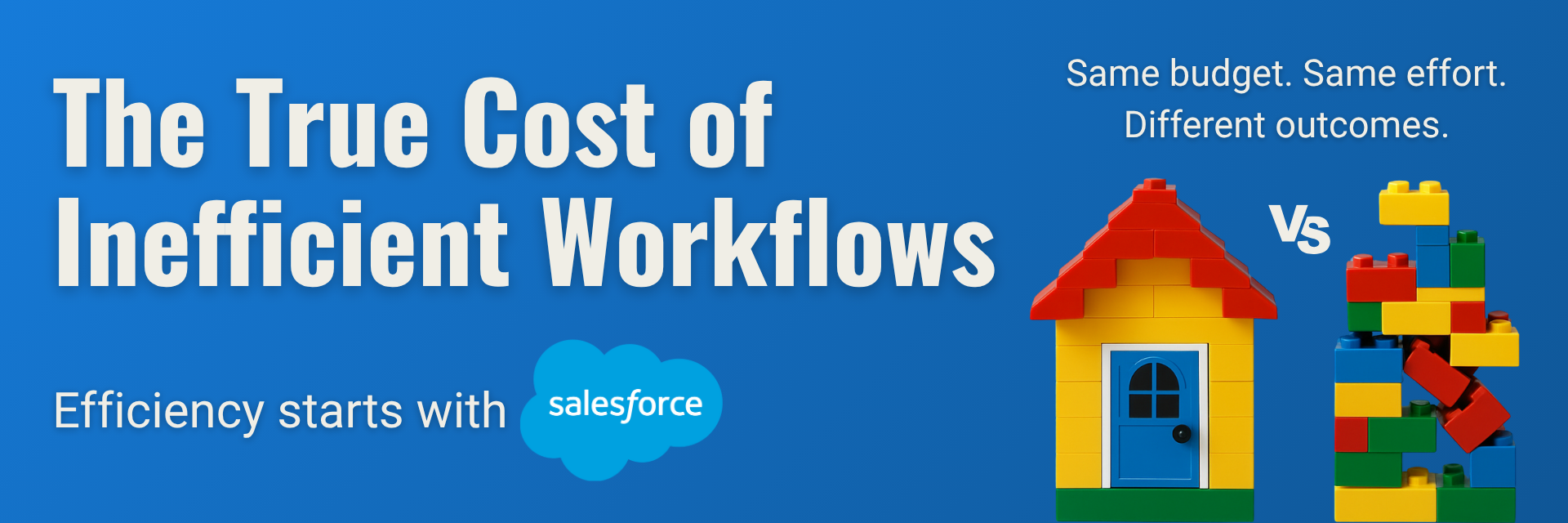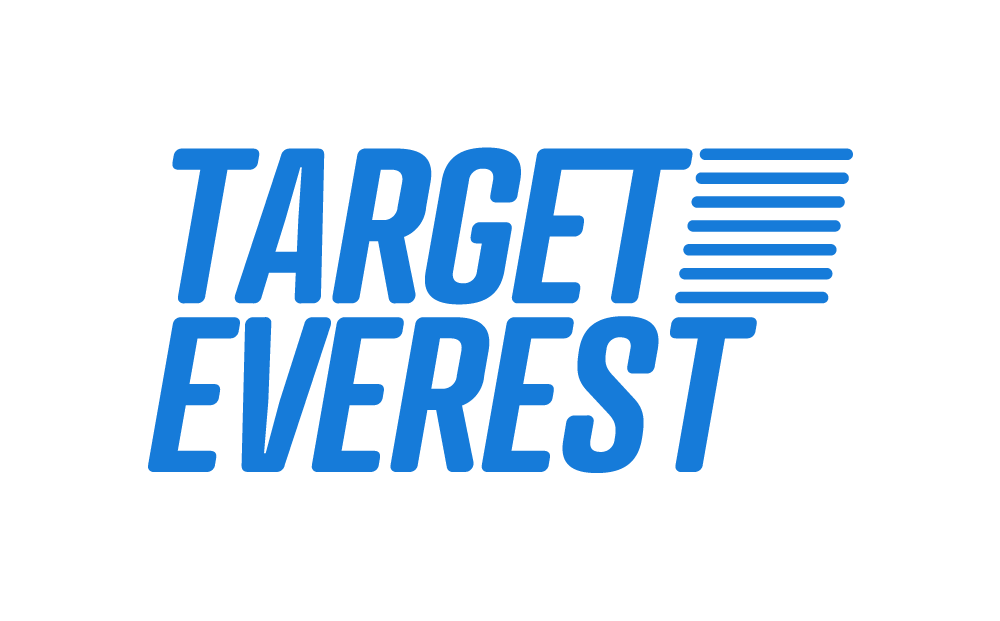The True Cost of Inefficient Workflows

What is the true cost of inefficient workflows?
Everyone talks about productivity. But few businesses ask what inefficient workflows are really costing them.
Inefficient workflows are one of the most overlooked costs in business operations. They don’t just slow teams down — they drain resources, delay decisions, and create friction across departments. In this blog, we explore what inefficient workflows really cost your business and how better systems can drive smarter, more scalable results.
From delayed approvals to lost leads, inefficient workflows can quietly drain time, money, and morale — without making much noise. The impact might not always be visible in a single report, but over weeks and months, the costs add up. And when they do, growth slows.
Let’s take a closer look at the hidden price of broken processes — and how automation can turn things around.
1. Wasted time: The most expensive cost you can’t see
Your team is smart and capable — but how much of their time is spent on repetitive, low-value tasks?
Whether it’s manually moving data between systems, tracking status updates across email threads, or recreating the same documents from scratch, time spent on busywork is time not spent on strategic priorities. Multiply this by your entire team, and it adds up quickly.
⏱️ A study by Salesforce found that employees spend 30% of their time on non-essential tasks that could be automated.
2. Slow responses = missed opportunities
Imagine this: A high-intent lead comes in, but your sales team only follows up two days later — because the lead wasn’t routed properly or got buried in someone’s inbox. The result? Opportunity lost.
In customer service, slow case routing or resolution can damage trust. In marketing, delays in campaign approvals can throw off entire timelines.
Speed matters. And inefficient workflows slow you down exactly when you need to act fast.
3. Errors and rework: When broken processes break everything else
Manual processes often lead to human error. Think of incorrect data entries, forgotten steps, or outdated versions of a document being sent to a client.
Every error means more time spent fixing mistakes, clarifying information, or redoing work — which impacts not just efficiency, but also customer satisfaction and brand reputation.
4. Team frustration and burnout
Few things are more demotivating than working in a system that feels broken.
When employees have to constantly chase information, navigate clunky tools, or repeat the same steps without understanding why, frustration builds. Over time, that leads to disengagement — and even attrition.
Efficient workflows aren’t just about performance. They’re also about making your team’s work feel meaningful and manageable.
5. Inefficient workflows = Lack of visibility and control
When processes live in spreadsheets, inboxes, or people’s heads, it’s hard for leaders to see what’s really happening. That makes it difficult to spot bottlenecks, measure performance, or optimize workflows.
Automation introduces structure and transparency. With Salesforce, for example, every step of a process can be tracked, measured, and refined over time — giving you better control over your operations.
From friction to flow: The case for automation
The good news? These challenges are solvable.
By mapping out your business processes and identifying points of friction, you can start to design smarter workflows that are:
- Automated (no more manual status updates),
- Standardized (everyone follows the same steps),
- Trackable (real-time visibility into what’s happening).
Salesforce Flow, for instance, allows you to create intuitive, no-code automation that eliminates repetitive tasks, reduces errors, and accelerates work across teams.
Real efficiency = time + clarity + focus
Efficiency isn’t just about doing more in less time. It’s about creating space for what matters: building relationships, making strategic decisions, and delivering value to your customers.
Every minute saved through automation is a minute gained for higher-value work.
Is it time to rethink your workflows?
If your team is drowning in manual tasks, moving slowly, or working with unclear processes — it’s costing you more than you think.
Businesses often underestimate the true cost of inefficient workflows — but recognizing and addressing them is the first step toward sustainable growth.
At Target Everest, we help businesses analyze, design, and automate their Salesforce workflows to unlock speed, structure, and growth. Let us help you turn friction into flow.
Explore more articles on our blog!
Do you want to hear more?
Our team of experts specializes in Salesforce and is dedicated to providing top-notch services to help your business succeed. If you're looking for Salesforce® solutions or have any questions, please feel free to reach out to us. We'd love to hear from you.
Contact us

 Target Everest |
Target Everest |